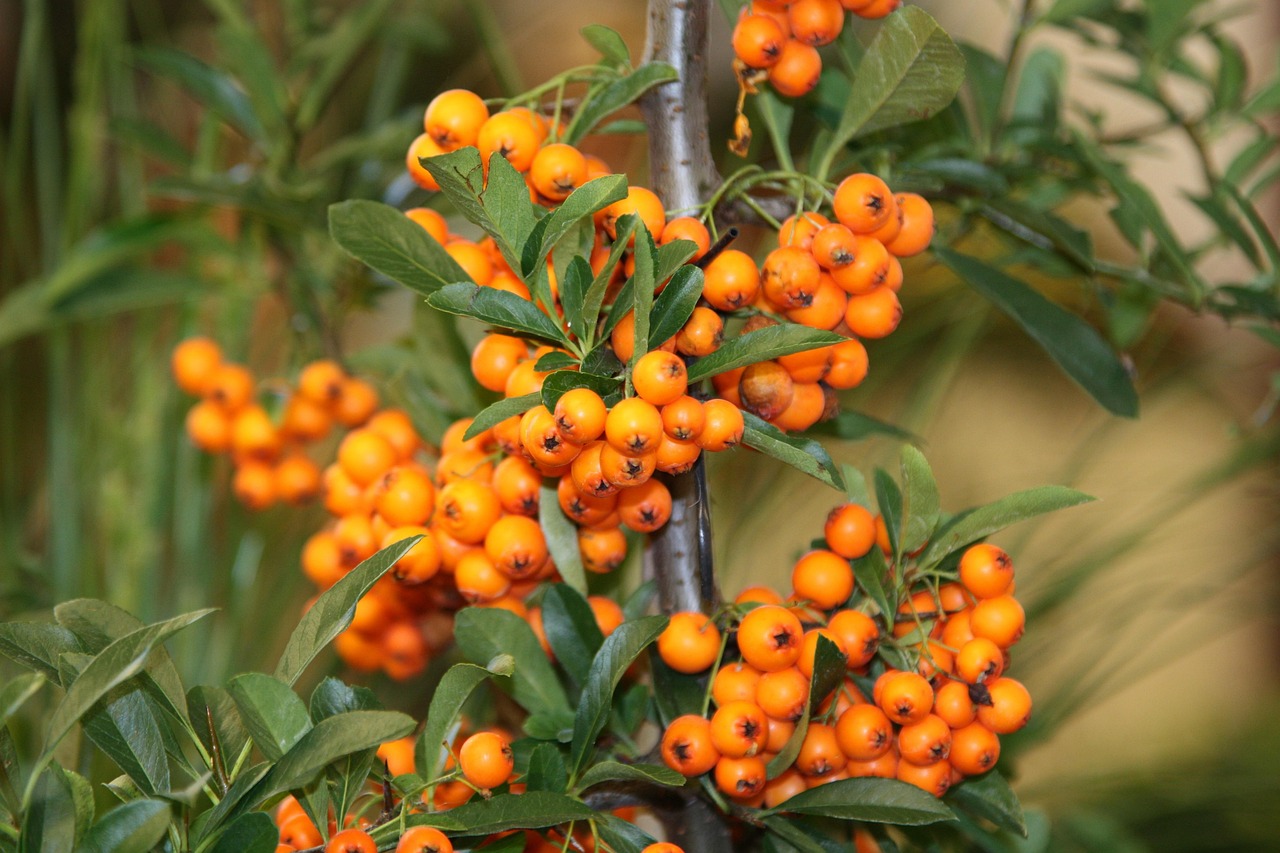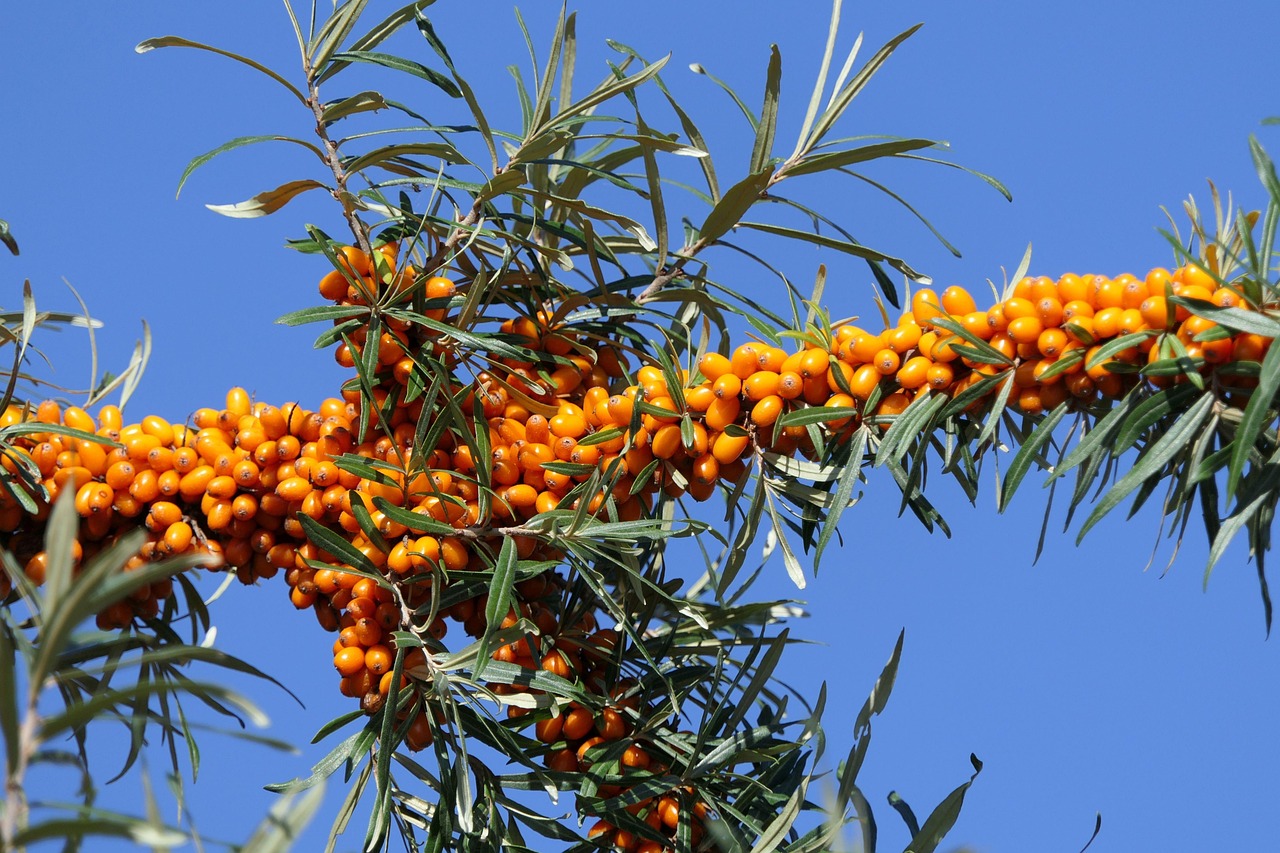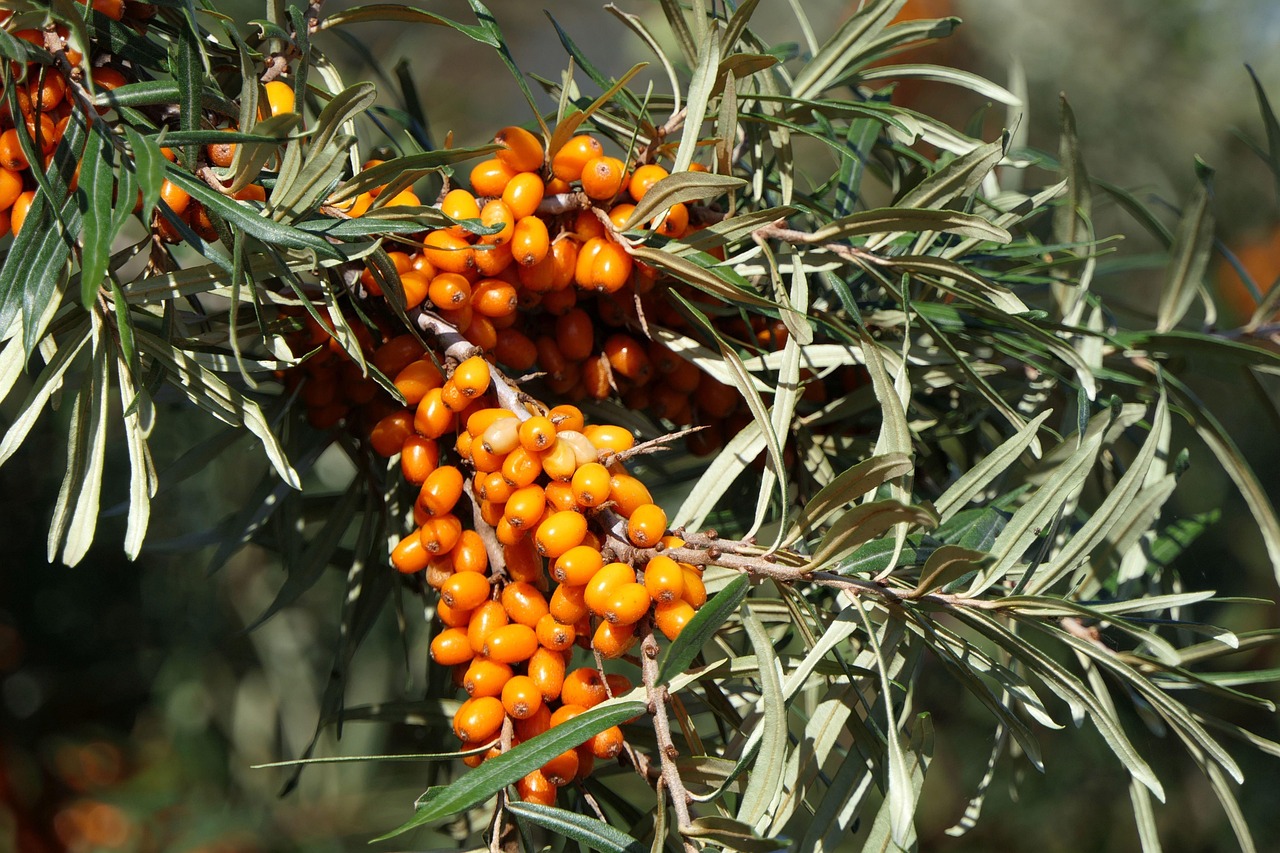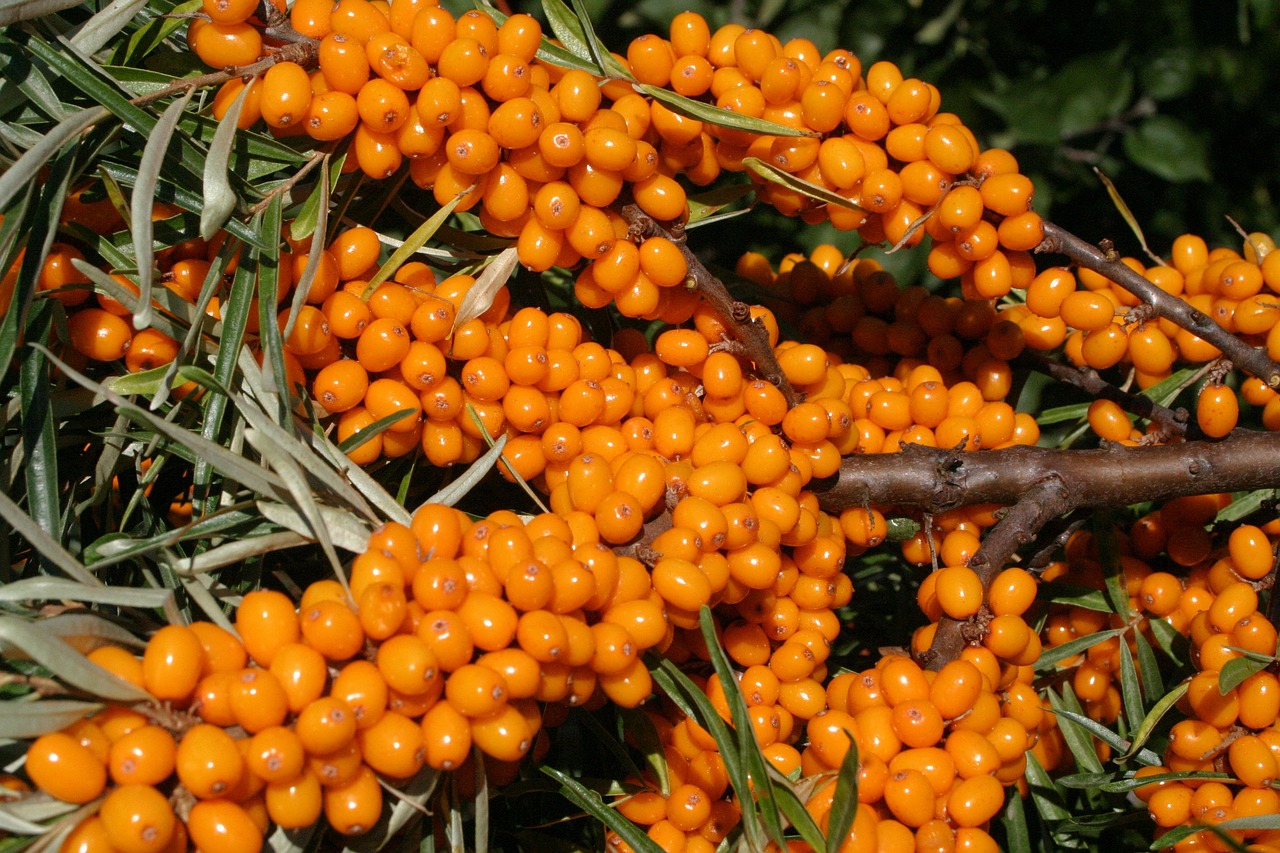Buckthorn is a highly invasive plant that poses significant challenges to ecosystems. Identifying and controlling this aggressive species is crucial for maintaining the health of native flora and fauna. Understanding its characteristics and impacts is the first step in effective management.
Buckthorn, particularly the common buckthorn (Rhamnus cathartica) and glossy buckthorn (Rhamnus frangula), has become a pervasive threat in many regions. Originally introduced for ornamental purposes and erosion control, these species quickly outcompeted native plants. They thrive in a variety of environments, from wetlands to forests, making them difficult to eradicate.

The rapid growth and adaptability of buckthorn allow it to spread quickly. It forms dense thickets that shade out native plants, disrupting local ecosystems. Additionally, the berries produced by buckthorn are attractive to birds, which further aids in its dispersal. This plant can alter soil chemistry, making it less hospitable for native species.
Identifying Buckthorn
Recognizing buckthorn is essential for effective management. Here are some key identifying features:
- Leaves: Buckthorn leaves are oval-shaped with smooth edges. They are dark green and can be up to 3 inches long.
- Bark: The bark is grayish-brown and becomes more textured as the plant matures.
- Thorns: Common buckthorn has small thorns at the tips of its branches, while glossy buckthorn does not.
- Fruit: The berries are small, black, or dark purple when ripe and grow in clusters. They ripen in late summer to early fall.
In addition to these physical characteristics, buckthorn typically grows between 6 to 20 feet tall, with a bushy appearance. Its ability to thrive in various soil types and light conditions makes it a formidable opponent for native species.
Impact on Ecosystems
The presence of buckthorn can have detrimental effects on local ecosystems. Some of these impacts include:
- Displacement of Native Species: Buckthorn competes aggressively for sunlight and nutrients, leading to the decline of native plants.
- Wildlife Disruption: Many birds rely on native plants for food and habitat. The dominance of buckthorn can reduce biodiversity.
- Soil Changes: Buckthorn alters soil composition, impacting water drainage and nutrient availability.
These factors contribute to decreased resilience within ecosystems. When native species are lost, the entire food web can suffer, affecting everything from insects to larger mammals.
| Characteristic | Common Buckthorn | Glossy Buckthorn |
|---|---|---|
| Height | 6-20 feet | 6-12 feet |
| Thorns | Present | Absent |
| Bark Color | Grayish-brown | Dark brown to black |
| Leaf Shape | Oval with smooth edges | Oval but often wider |
Understanding these characteristics and impacts is vital for anyone involved in land management or gardening. Early identification can prevent buckthorn from establishing itself and causing further harm. Being proactive in recognizing this invasive species is an essential step toward preserving local ecosystems.
Control Methods for Buckthorn

Once buckthorn has been identified, implementing effective control measures is essential to mitigate its spread. Various methods can be employed, depending on the severity of the infestation and the specific environment in which it is found. Understanding these methods can help landowners and environmentalists effectively manage this invasive species.
Cultural Controls
Cultural control methods involve practices that reduce the establishment or spread of buckthorn. Here are some strategies:
- Promote Native Vegetation: Encouraging the growth of native plants can help outcompete buckthorn for resources. This can be achieved through planting native species in affected areas.
- Regular Monitoring: Frequent inspections of gardens and natural areas can help identify new buckthorn growth early. Timely intervention is key to preventing further spread.
- Soil Management: Improving soil health through organic amendments can enhance native plant growth, making it more difficult for buckthorn to thrive.
Mechanical Control
Mechanical control methods involve physical removal of buckthorn plants. These methods can be labor-intensive but are often effective when done correctly:
- Cutting: Cutting buckthorn at ground level can be effective. However, it is important to cut during the growing season when the plant is actively photosynthesizing. This can prevent the plant from storing energy for regrowth.
- Pulling: For smaller plants, hand-pulling can be effective, especially if the soil is moist. Ensure that the entire root system is removed to prevent regrowth.
- Mechanical Equipment: In larger infestations, using equipment such as brush cutters or chainsaws may be necessary. Always follow safety guidelines while using mechanical tools.
Chemical Control
Chemical control methods can provide an effective means of managing buckthorn, especially in dense infestations. However, caution must be exercised to minimize impacts on non-target species:
- Herbicides: Systemic herbicides containing glyphosate or triclopyr can be effective when applied to freshly cut stumps or foliage. Follow label directions carefully for optimal results.
- Timing: The best time to apply herbicides is in late summer or early fall when the plants are actively transporting nutrients to their roots.
- Targeted Application: Use techniques such as cut-stump treatment or foliar spraying to limit herbicide exposure to surrounding vegetation.
Post-Control Management

After implementing initial control methods, ongoing management is essential to prevent buckthorn from re-establishing itself. This involves several key practices:
- Follow-Up Monitoring: Regularly check previously infested areas for new growth. Early detection allows for quick intervention.
- Reinforcement with Native Plants: After removal of buckthorn, consider planting native species to fill in gaps and restore ecological balance.
- Community Involvement: Engaging local communities in restoration efforts can enhance effectiveness and raise awareness about invasive species.
By combining cultural, mechanical, and chemical methods with ongoing management practices, it is possible to effectively control buckthorn and protect native ecosystems from its invasive threat.

Environmental Impact of Buckthorn Control
When managing buckthorn, it is essential to consider the environmental impacts of control methods. While it is necessary to address the invasive species, the chosen methods can affect surrounding ecosystems. Understanding these impacts helps ensure that management practices are both effective and environmentally responsible.
Effects on Non-Target Species
The use of herbicides, while effective against buckthorn, can pose risks to non-target plants and animals. It is crucial to minimize these risks through careful application:
- Herbicide Drift: Wind and rain can carry herbicides to unintended areas. Always apply chemicals on calm days to reduce the likelihood of drift.
- Soil Health: Some herbicides can negatively impact soil microorganisms and beneficial insects. Using targeted application methods can help mitigate this issue.
- Waterways: Runoff from treated areas can contaminate nearby water sources, harming aquatic life. Buffer zones around water bodies should be maintained.
Impact on Biodiversity
Controlling buckthorn can have a positive effect on local biodiversity if done correctly. However, improper management could lead to unintended consequences:
- Restoration of Native Habitats: Successful removal of buckthorn allows native plants to thrive, which in turn supports a wider range of wildlife.
- Risk of Erosion: Removing dense buckthorn thickets without replanting can lead to soil erosion. It is important to stabilize the soil with native plants after removal.
- Species Competition: Without buckthorn, other invasive species may take hold if the area is not carefully managed. Continuous monitoring is essential.
Community Engagement and Education
Engaging the community in buckthorn management efforts is vital for long-term success. Education and involvement can foster a sense of stewardship and responsibility:
Workshops and Educational Programs
Organizing workshops can help inform the public about buckthorn and its impacts. These programs can cover various topics:
- Identification Techniques: Teaching community members how to identify buckthorn can lead to earlier detection and quicker response times.
- Control Methods: Providing hands-on training in mechanical and chemical control techniques empowers individuals to take action on their properties.
- Ecological Restoration: Educating about the importance of restoring native habitats encourages community involvement in replanting efforts.
Volunteer Opportunities
Creating volunteer programs for buckthorn removal can help mobilize community action. Engaging volunteers offers several benefits:
- Increased Awareness: Involving community members in physical removal activities raises awareness about invasive species.
- Building Community Bonds: Working together on a common goal strengthens community ties and fosters a collaborative spirit.
- Enhanced Effectiveness: More hands make light work. A coordinated effort can lead to significant progress in controlling buckthorn populations.
Case Studies of Successful Buckthorn Management
Learning from successful case studies provides valuable insights into effective strategies for managing buckthorn. Several communities have implemented successful programs that can serve as models:
- Urban Parks Initiative: In a city park, volunteers organized regular removal days, resulting in a noticeable increase in native plant diversity over three years.
- Watershed Restoration Project: A local watershed group combined educational workshops with hands-on removal efforts, resulting in improved water quality and habitat for local wildlife.
- Community College Partnership: A collaboration between a community college and local environmental groups led to a comprehensive management plan that included herbicide application followed by replanting with native species.
These examples illustrate the effectiveness of multi-faceted approaches that engage communities while addressing the invasive nature of buckthorn. Implementing similar strategies in other areas can help combat this invasive threat effectively.
Future Directions for Buckthorn Management
As awareness of the impacts of buckthorn grows, future management strategies must evolve to incorporate the latest research and community engagement techniques. Collaboration among stakeholders, including government agencies, non-profits, and local communities, will be vital in advancing effective control measures.
Research and Innovation
Investing in research can lead to innovative solutions for buckthorn management. Important areas of focus include:
- Biological Control: Exploring the use of natural predators or diseases that specifically target buckthorn may offer a sustainable solution to control its spread.
- Improved Herbicide Formulations: Developing herbicides with reduced environmental impacts or enhanced effectiveness can provide more options for land managers.
- Restoration Ecology: Researching the best practices for restoring native ecosystems after buckthorn removal can enhance the recovery of affected areas.
Policy and Regulation
Establishing policies that prioritize the management of invasive species like buckthorn is essential. This can include:
- Invasive Species Management Plans: Local governments should develop and implement comprehensive plans that outline strategies for controlling invasive species, including buckthorn.
- Land Use Regulations: Encouraging or mandating the use of native plants in landscaping can help prevent the spread of invasive species in urban areas.
- Funding for Management Programs: Allocating resources for community-based management programs can empower local groups to take action against buckthorn.
Final Thoughts
Buckthorn represents a significant challenge to biodiversity and ecosystem health. However, through education, community engagement, and effective management practices, it is possible to mitigate its impacts. The combination of mechanical, chemical, and cultural controls, along with ongoing monitoring and restoration efforts, can lead to a healthier environment.
The success stories shared in this article highlight the potential for positive change when communities come together to address invasive species. By fostering awareness and taking collective action, we can protect our natural landscapes from the grip of buckthorn and ensure a thriving ecosystem for future generations.
Ultimately, combating invasive species requires a commitment from all stakeholders. Whether through grassroots initiatives or larger-scale policy changes, every effort counts. With vigilance and collaboration, the fight against buckthorn can become a model for managing other invasive species in our ecosystems.
